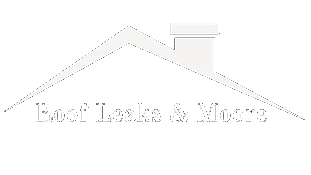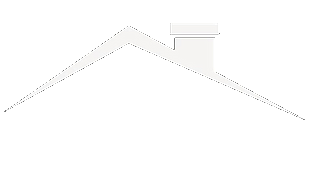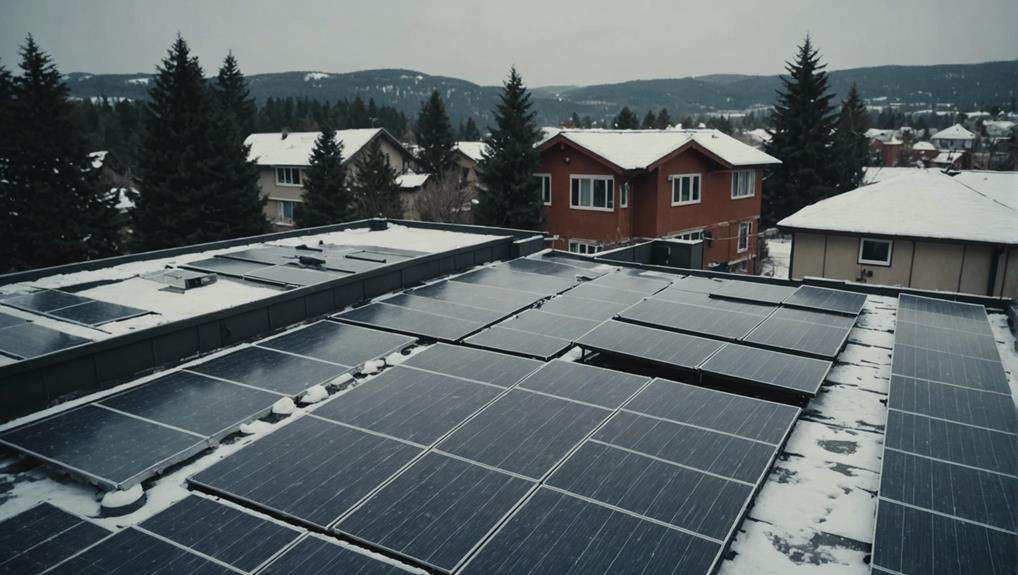Have you ever wondered just how much weight your residential roof can truly bear? The answer lies in a delicate balance between the roof's design specifications and the external forces it encounters. Understanding the weight limits of your roof is important for maintaining the safety and integrity of your home. Let's explore the factors that determine the maximum weight capacity of an average residential roof and how you can make sure you stay within those limits to protect your property.
Key Takeaways
- Residential roofs can typically handle around 20 pounds per square foot of snow load.
- Weight capacity depends on factors like structural integrity and adherence to local building codes.
- Exceeding capacity can lead to roof instability and potential collapse.
- Proper snow removal techniques are vital to prevent overburdening the roof.
- Roofing materials like steel and aluminum offer higher weight capacities than asphalt shingles.
Snow Load Capacity of Residential Roofs
How much snow load can a typical residential roof safely support?
Residential roofs are designed to withstand specific weight limits, commonly around 20 pounds per square foot of snow load. This weight per square foot is determined based on factors like the structural integrity of the roof, local building codes, and the region's typical snowfall patterns. Exceeding this designated capacity can jeopardize the stability of the roof, potentially leading to damage or even collapse.
Snow load is influenced by snow depth and density. Calculating the total weight on the roof involves understanding the snow depth and its corresponding weight. It's essential to adhere to regional building codes that specify snow load limits for residential roofs to guarantee the safety of the structure and its occupants. Proper snow removal techniques are also vital in managing snow load to prevent overburdening the roof and to maintain its structural integrity.
Factors Affecting Roof Weight Limits
Factors influencing roof weight limits include the type of roofing material used, the structural design of the building, and the intended purpose of the roof space.
- Roofing Materials: Steel, aluminum, and slate roofs have higher weight capacities compared to asphalt shingle roofs, providing better support.
- Live Load Considerations: Commercial flat roofs are designed to bear heavier weight due to external appliances and equipment, necessitating robust load-bearing capacity.
- Intended Purpose: Roofs with specific functions like helicopter pads need to distribute weight evenly, with certain pads supporting 55-65 pounds per square foot.
- Structural Damage: Improper installation calculations can lead to stress on a property's foundation, emphasizing the importance of accurate measurements for proper weight distribution.
Understanding these factors is vital, particularly for commercial buildings with heavy equipment or specialized functions. It's important to evaluate the load-bearing capacity of existing trusses and reinforce roofs when needed to prevent structural damage and promote safety.
Reinforcing Roof for Added Support
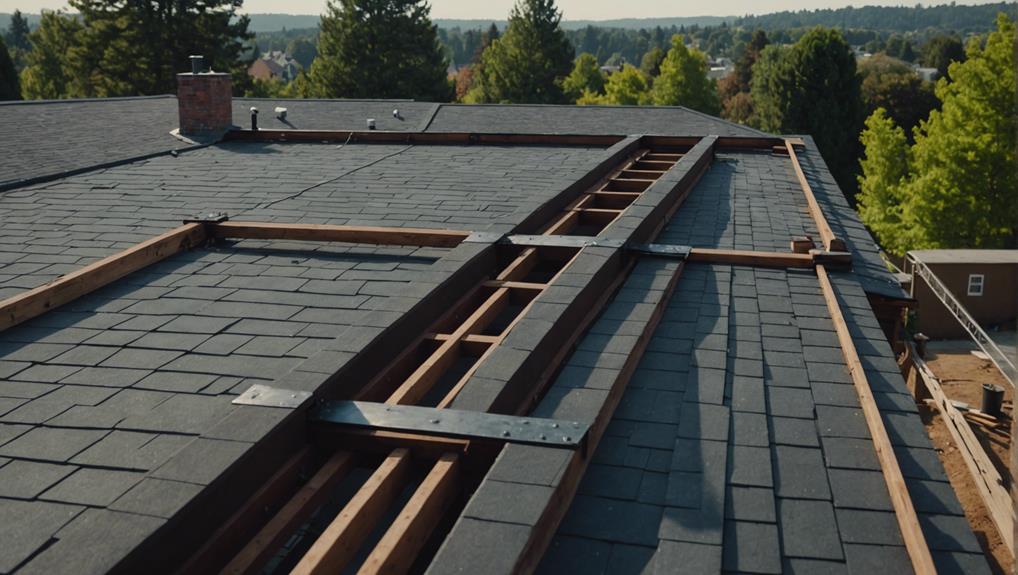
Steel, aluminum, and slate roofs provide increased structural support when reinforcing a roof for additional weight capacity. When aiming to enhance a roof's weight-bearing capability, the choice of roofing materials plays an important role. Steel roofs are known for their durability and high weight capacity, making them ideal for reinforced roofs in areas where heavy snow loads are a concern. Similarly, aluminum roofs offer excellent strength-to-weight ratio, making them suitable for properties requiring added support. Slate roofs, although heavier than steel and aluminum, provide a natural and elegant solution for reinforced roofs.
During the installation of roof enhancements like helicopter pads, it's essential to make accurate calculations to prevent unnecessary stress on the property's foundation. Commercial buildings with heavy equipment or machinery may necessitate reinforced roofs to maintain structural integrity and support the added weight requirements. Understanding the weight capacity of different roofing materials is crucial in determining the level of reinforcement needed to prevent overloading and potential damage.
Signs of Roof Overloading
If you notice sagging gutters or drip edges on your roof, these could be signs of excessive weight bearing down on it.
Pay attention to sinking chimneys as they can indicate weak decking and potential roof overload.
Listen for unusual noises like cracking walls, which may signal that the roof is under excess weight.
Aging roofs may provide less support for live loads, pointing to potential overload issues.
If any of these signs of roof overload are observed, it's important to contact professional roofers for a thorough inspection.
Addressing these indicators promptly can help prevent further damage and safeguard the safety and integrity of your roof.
Safety Measures for Handling Roof Weight
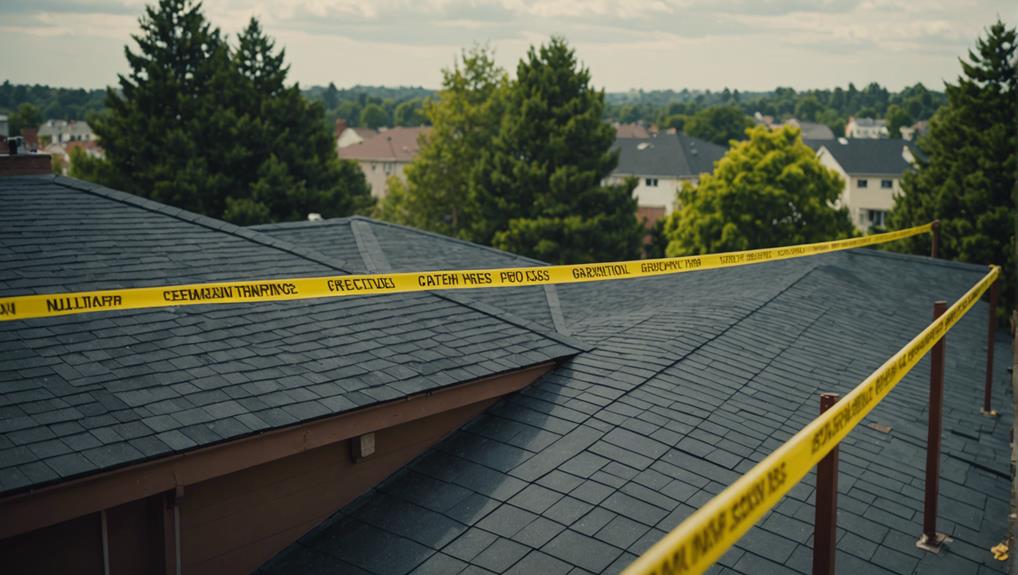
In order to guarantee safe handling of roof weight, adherence to OSHA guidelines is essential for the prevention of potential hazards. Professional contractors, including roofing contractors and structural engineers, play a critical role in ensuring that safety measures are in place when dealing with roof weight. They're trained to recognize signs of warped surfaces, which can indicate structural damage and potential weight-bearing issues. Proper roof maintenance, conducted by these experts, is vital to prevent injuries and ensure correct weight distribution on the roof.
Vigilance is paramount when working on roofs, especially when handling heavy loads. While most modern roofs are designed to support multiple individuals, it's always important to exercise caution to avoid accidents. By following OSHA guidelines and employing the expertise of professional contractors, individuals can mitigate the risks associated with roof weight and maintain a safe working environment. Prioritizing safety measures and being aware of potential weight-bearing issues are fundamental practices in ensuring the well-being of those working on residential roofs.
Frequently Asked Questions
How Much Weight Can a Residential Roof Hold?
Your residential roof's weight capacity hinges on various factors like snow load, roof materials, and structural integrity. Adhering to building codes, regular roof inspections, proper reinforcements, and maintenance guarantee safety and longevity.
Can a Roof Hold a 300LB Person?
Your roof's ability to hold a 300lb person depends on its weight capacity, structural integrity, and load distribution. Roof stress, engineering calculations, building codes, and support beams play vital roles. Professional assessment guarantees safety.
How Much Weight Can I Put on My House Roof?
You should consider your house roof's load capacity carefully. Factors like snow accumulation, roof reinforcement, and structural integrity matter. Distribute weight evenly, follow building codes, prioritize safety, get professional assessments, and be cautious with DIY modifications.
Will a Roof Take My Weight?
In determining if a roof will support your weight, consider roof safety, weight capacity, and structural integrity. Follow safety precautions, understand roof load, distribution, and materials. Adhere to building codes, maintain roofs, and conduct inspections.
Conclusion
You've learned about the average residential roof's snow load capacity and the importance of staying within its weight limits.
But what happens when the unexpected occurs? Stay tuned for our next article, where we investigate real-life scenarios of roof overloading and the consequences of neglecting proper maintenance.
Prepare yourself for a gripping exploration of the risks associated with ignoring your roof's weight capacity.
